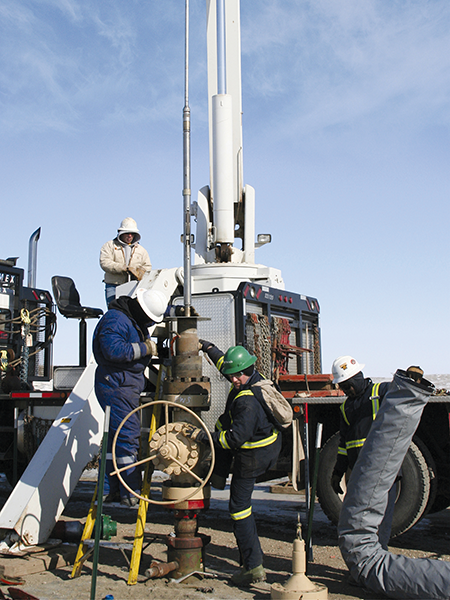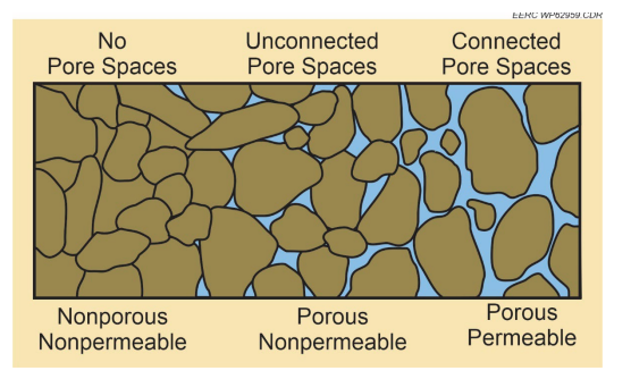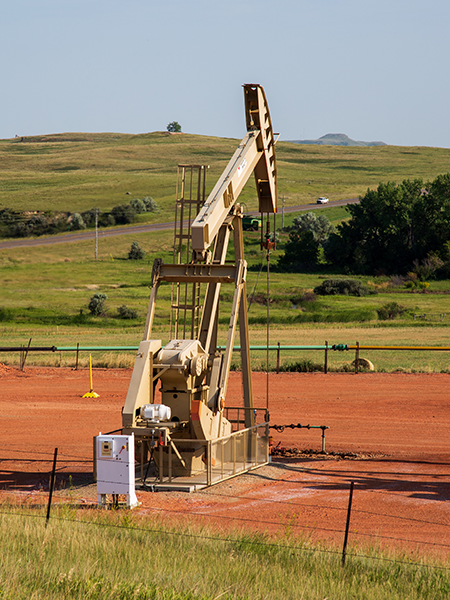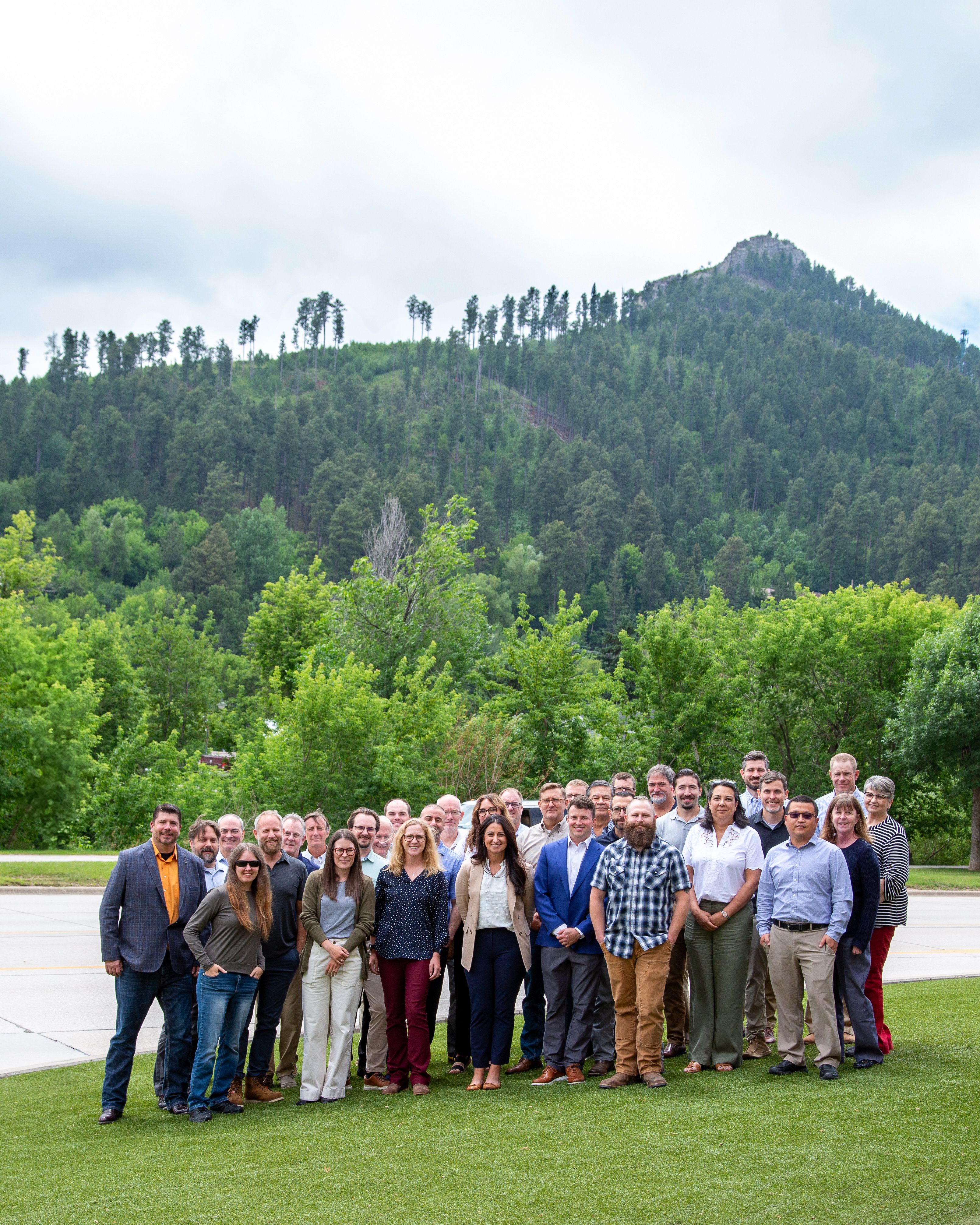Regulations
CCUS policy is taking a prominent position in the climate management debate that is occurring at national, regional, and local levels, and the legal framework for the geologic storage of CO2 continues to evolve.
In areas where extensive oil and gas production activities have taken place (in particular, EOR or acid gas injection), the legal framework is well established for these types of injection activities. In other jurisdictions, less of the legal framework may be in place for geologic storage of CO2. Government organizations—which vary by jurisdiction—may have oversight for various aspects of the CCUS project, including the permitting, construction, health and safety, liability, protection of water supplies, and monitoring. EPA has promulgated rules for various aspects of carbon management and reporting; many states are moving forward with their own rules and regulations to accommodate CCUS projects.
Staying abreast of the latest regulatory developments is of the utmost importance for The PCOR Partnership. Participating in the Interstate Oil and Gas Compact Commission’s (IOGCC’s) Geological CO2 Sequestration Task Force and Pipeline Transportation Task Force, the Groundwater Protection Council’s (GWPC’s) Class VI Workgroup, and the Presidential Interagency Task Force on CCUS allows the PCOR Partnership to provide technical input to State and Federal Policy and Regulations related to CCUS. The PCOR Partnership also provides reviews and comments where appropriate on provincial, state, and federal rule making and reviews enacted legislation.
Underground Injection Control Program
Regulations for CO2 injection are established under the SDWA UIC program. The UIC program is a U.S. federal regulatory program administered by EPA and designed to protect underground sources of drinking water (USDWs).
In December 2010, EPA published the federal requirements for Class VI wells, which are wells used to inject CO2 for the sole purpose of geologic storage. Class VI wells have specific criteria in place to protect USDWs. These criteria include requirements for extensive site characterization, well construction, well operation, comprehensive monitoring, financial responsibility, and reporting. EPA acknowledges that CO2 EOR stores CO2 while producing oil during EOR operations and that CO2 injection under Class II rules can recognize the incidentally stored volume.
Class II wells are used only to inject fluids associated with oil and natural gas production. A Class II well can either be used for disposal purposes to inject waste fluids associated with oil and gas production or to enhance oil and gas recovery. Injection of CO2 for EOR is regulated and permitted as a Class II injection well.

Primacy
EPA creates minimum regulations, and the Safe Drinking Water Act (SDWA) establishes a process for U.S. states to apply to EPA for the authority to regulate. This is known as primary enforcement authority, or “primacy.” When a state demonstrates to EPA that it has established an appropriate level of statutory authority and administrative regulations, EPA grants the state primacy. Under the UIC (underground injection control) program, primacy is distinguished by individual injection well classifications.
In the PCOR Partnership region, North Dakota and Wyoming both have received Class VI primacy. If state primacy has not been established, the EPA regional office enforces the federal UIC program regulations.

Key Concepts
- Pore Space
- Long-Term Liability

Pore space can be defined as “the free space between the mineral grains of a geologic formation” or “a cavity or void, whether natural or artificially created, in a subsurface sedimentary stratum.” In either case, the cavity or space is filled with some type of fluid prior to injection: typically, oil and brine in an oil field or just brine in a deep saline formation. During CO2 injection, the injected CO2 displaces most of the fluid originally in the pore spaces. When developing CO2 storage projects, project developers need to ensure they have rights to the necessary pore space in a prospective storage formation.
In many countries, subsurface pore space is owned by the federal government. Only a handful of states in the region have clarified pore space ownership: Alaska, Montana, Nebraska, North Dakota, and Wyoming. To access the pore space needed to store millions of metric tons of CO2, the CO2 storage operator must pursue pore space access agreements with many parties. These agreements involve negotiations surrounding the value of the pore space. This value likely translates into payment terms of dollars per metric ton per unit of land. Forced unitization (or amalgamation) of pore space is permitted in some states. In this case, if some percentage of owners agree (e.g., 60%–80%), the remaining owners can be forced to participate. This approach is similar to the unitization process used in the oil and gas industry. Until there is a broader adoption of defined pore space management policy, this topic will remain an obstacle to widespread CCUS implementation.

Long-term liability is broadly recognized as a significant challenge to widespread deployment of CCUS. During and immediately after the active injection phase, it is generally understood that the injection operator carries the liability for issues such as personal injury, subsurface trespass, mitigation of leaks, etc. The main challenge is determining the appropriate policy framework to manage CCUS sites after closure. The time frame for geologic storage site management could extend for decades beyond site closure. Without a clear understanding of if and how the long-term liability can be transferred to local or federal government, investment risk to initiate a CO2 storage project will remain high. North Dakota, Montana, Nebraska, and Alberta have established mechanisms to transfer long-term liability to the state/province. These policies are the foundation for expanding this concept to additional states and provinces.
Regulatory Roundup

In order to facilitate the exchange of information, ideas, and experiences among oil and gas regulatory officials, the PCOR Partnership hosts Regulatory Roundup Meetings. The meetings inform regional regulatory officials about the current status and evolving nature of regulations that affect CO2 capture, compression, transport, injection for CO2 storage, or CO2 EOR. These meetings allow for improved coordination of regulatory strategies and will ultimately enhance opportunities for CO2 storage and CO2 EOR in the region.